Situation/weather: After having faced some restrictions periods of water pumping (either whole or partial) due to extreme low water level in the river, the situation reveres with some dense rainfalls registered. The torrential rains which caused flooding and landslides in southeast Brazil raised also upstream water levels.
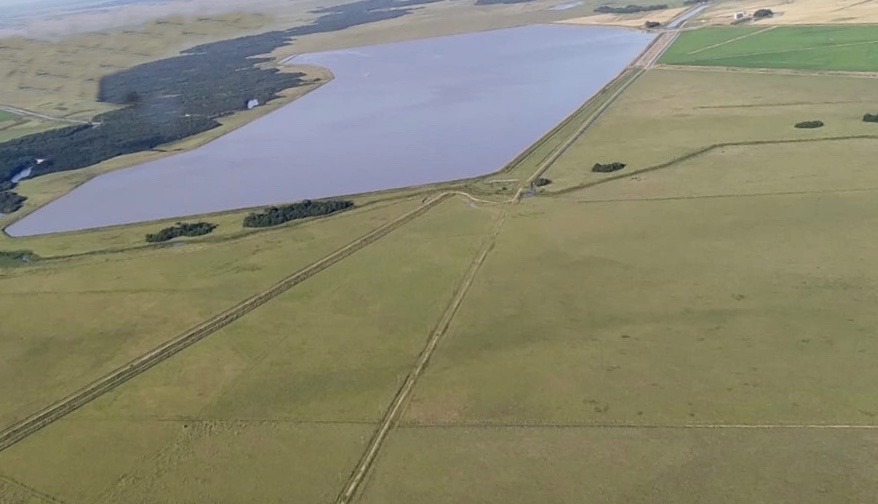
We could recover the full optimal water capacity to irrigate the remaining plots under irrigation if any natural shortage of water may arise. Fields took also benefit from direct natural irrigation.

At the entrance of the river where the pump station is located, we register now above 3.7 m of water level.
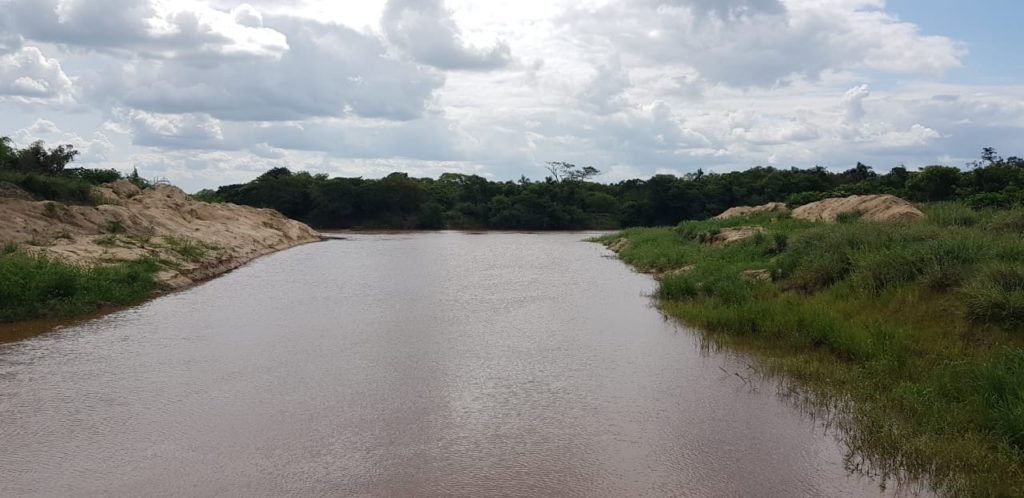
You could access there by walk 2 weeks ago so low level had reached the river as you can see below.
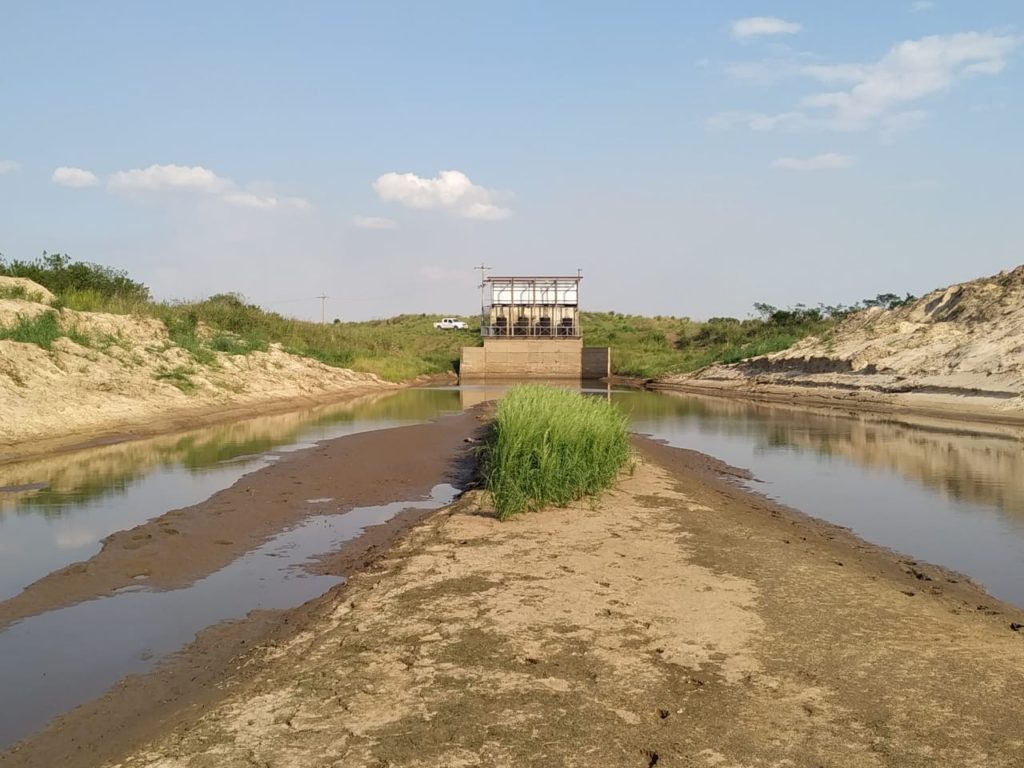
Production: We began to harvest our 1st block (Block G – 281 has). Preliminary harvest results given by this area are very encouraging as yields are above 8 t/has with an index quality above 57.
We are working to improve, block by block, yields and quality. It takes time and precision in management of the plots (land preparation work, fertilization, cleaning and irrigation).


We have currently 9 harvesters operating, and our dryers are fully functioning.
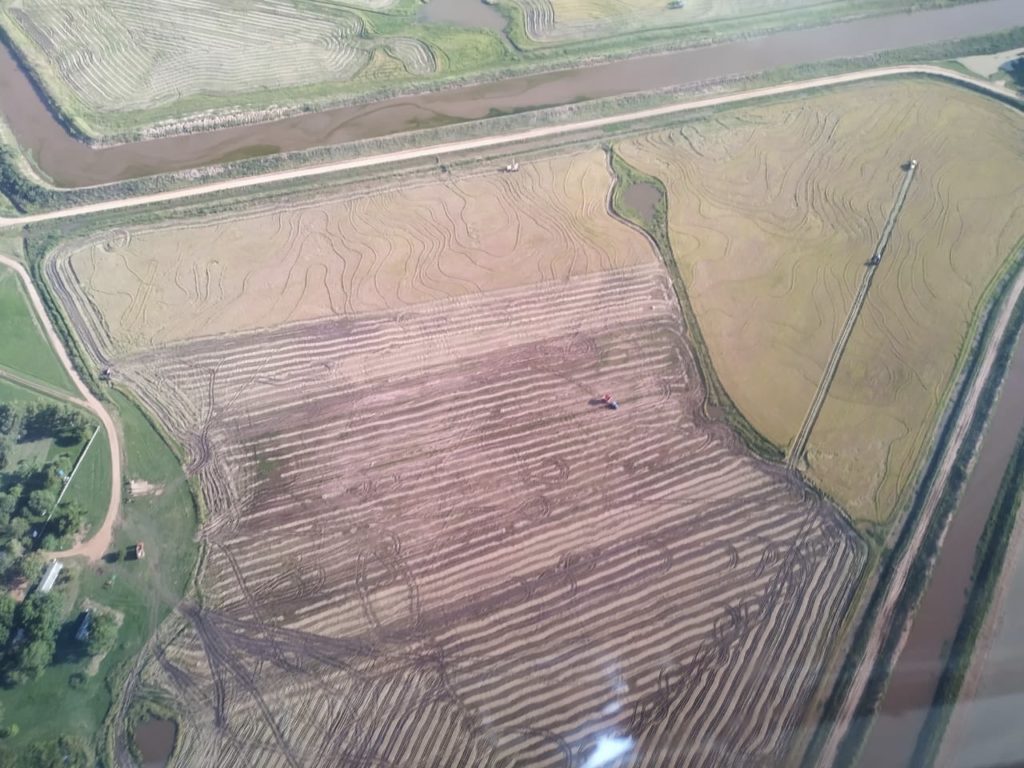
We are going to harvest next block G you can see, on the opposite of block E which just has been harvested and the silo facilities.
Market: Rice producers in Itapúa region have a quite pessimistic vision for the 2019-20 harvest, due to flat market prices (around $180/t) the stagnation in the price of the product and the tariff restrictions that Brazil intends to impose on over Paraguayan rice export (a customs duty of 3% while other crops would be taxed at 9%). In addition, Brazil currency is also at a low level against the US dollar which leads to very low opening prices expectations.

Paraguayan producers are also worried about the change in administration in Argentina (exports are barged down the Parana Rive to ports in Argentina). The prior administration of Mrs. Kirchner leveed a tax on crops when they transited through Argentina and farmers are concerned that the tax will be reinstated once again under the new administration. Export taxes have already increased by them yet.
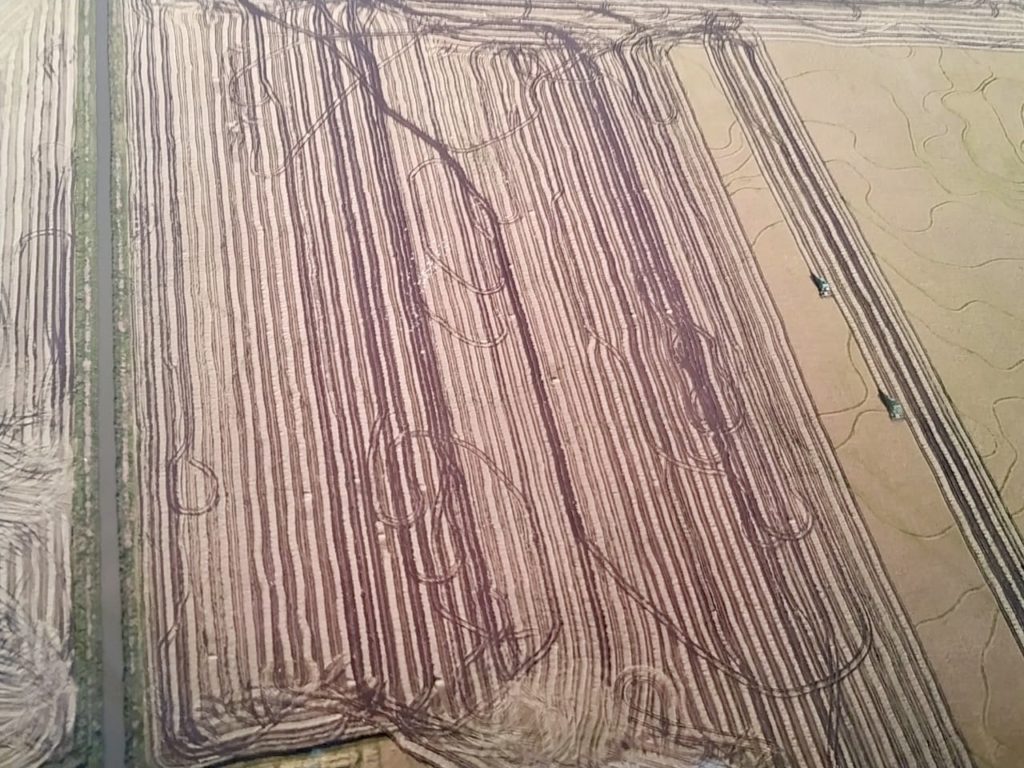
Without taking into consideration the cost of those protectionist measures, dried yields need to be at least above 7.1 t / h to cover direct production costs of rice given the current market conditions. According to our data, there are approximately 18,000 has of rice fields in Itapúa region, in the Tebicuary river basins and Tacuary and Aguapey streams. With time, only a few large producers will remain if the situation continues.
